SSFL Area II includes the rocket test stands at the Coca Area, seen here. “Three test stands were initially constructed at the Coca area in 1956 to support the development of the Navaho and Atlas engines,” according to Rocketdyne Archives. “In 1963, two of the original stands were demolished and replaced by two large engine test stands for testing the second stage of the Saturn-V launch vehicle. In 1974, further test stand modifications were made to accommodate Space Shuttle main Engine component development. Later modifications enabled testing the SSME engine system. The Coca RFI Site, located within Area II of the SSFL, is owned by the National Aeronautics and Space Administration (NASA). It was previously operated by the Rocketdyne division of Rockwell (Rocketdyne), on behalf of NASA, and the site is currently maintained by The Boeing Company (Boeing). Area II was undeveloped prior to 1954, when the land was purchased by North American Aviation (NAA), a predecessor company to Rockwell who owned the land from 1954 to 1958. In December 1958, the property was deeded from Rocketdyne to the U.S. Air Force (USAF) and was operated as USAF Plant 57. In 1973, the property transferred ownership from the USAF to NASA, who currently owns the property.”
The Coca complex was involved with several missile programs including Navaho, Atlas, J-2, Saturn V second Stage Battleship (five J-2s),SSME, and Delta IV Expendable Launch Vehicle Tanks. COCA 1 was activated July 1956 and conducted 244 tests. COCA 2 was activated November 1956 and ignited 127 rocket firings while COCA 3 was activated the month before and completed 102 tests. A newly configured COCA 1 went onling in 1963 and conducted 320 Tests. COCA 4 came online the same year but its tests records are not available.
(Click thumbnail to view entire photograph)
Within the 141-acre Group 4, which Coca Area shares with Delta Area and the Propellant Load Facility, there are a number of chemicals that Boeing and NASA are responsible for remediating. They include volatile organic compounds (VOCs), including trichloroethylene or TCE, polycyclic aromatic hydrocarbons (PAHs), polychlorinated biphenyls (PCBs), metals, and dioxins. One of the most dangerous and pervasive VOCs from rocket engine testing is trichloroethylene, or TCE. “Trichloroethylene was used extensively at SSFL to clean rocket engines, test stands, and other machinery from 1954 through 1993,” reported the cover story “Two Mile Island” in the July 22, 2004 edition of Los Angeles CityBeat by EnviroReporter.com’s Michael Collins.
“Before they thought to recycle the stuff, in 1962 for financial reasons, 1.73 million gallons slopped onto the ground and was sluiced into unlined troughs. A reported 520,000 gallons of it soaked into the groundwater and bedrock. DTSC data shows SSFL groundwater containing up to 79,000 parts per billion (ppb) of TCE, 15,800 times the EPA’s ‘maximum contaminant level’ of 5 ppb. The chemical affects the liver, kidneys, immune function, and fetal development – large doses may cause death.”
The current estimate of the amount of TCE in the lab’s groundwater is 800,000. Boeing’s onsite remediation capability of extracting the toxic vaporizing solvent is 10 gallons a year meaning that it would take 80,000 years to cleanse the water of TCE. The aerospace and defense manufacturing giant, however, turned off those so called “air-stripping” towers years ago.
As we reported in the “Two Mile Island” sidebar article “Blinded by the Light,” at the Coca and Delta test stands, TCE was detected up to 50,000 parts per billion (ppb). California’s Maximum Contaminant Level for TCE in drinking water is 5 ppb. Vinyl Chloride in vapor was found up to 2,000 ppb.
25 Years of Award-Winning SSFL/Rocketdyne Reporting
1998 – 2023
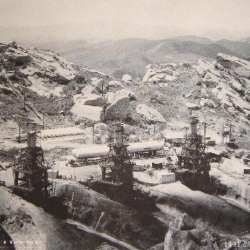
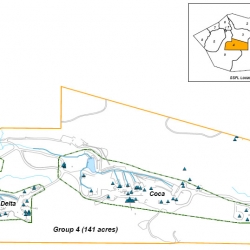
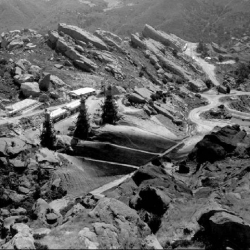
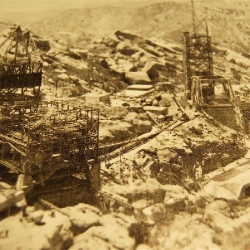
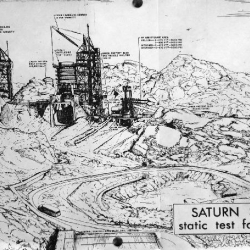
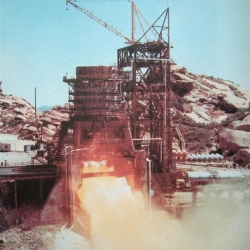
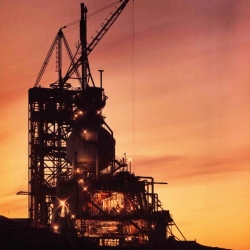
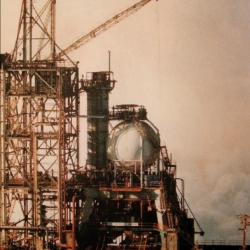
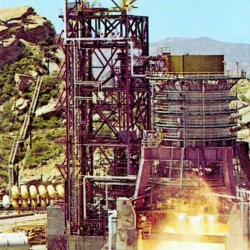
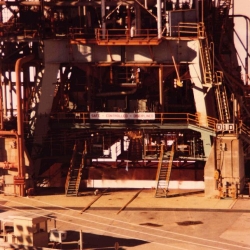
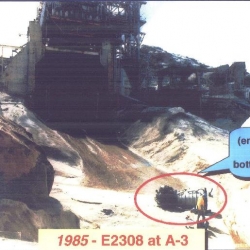

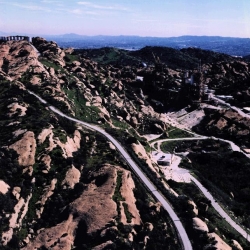
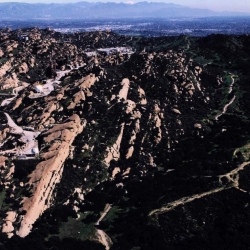
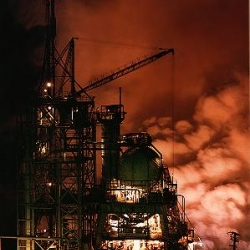
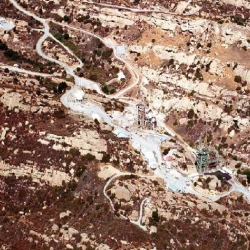
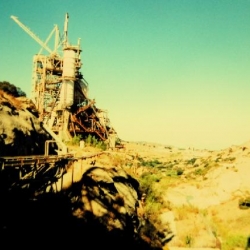
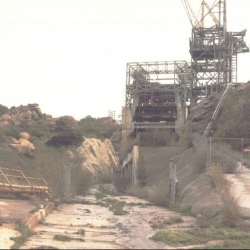












Recent Comments